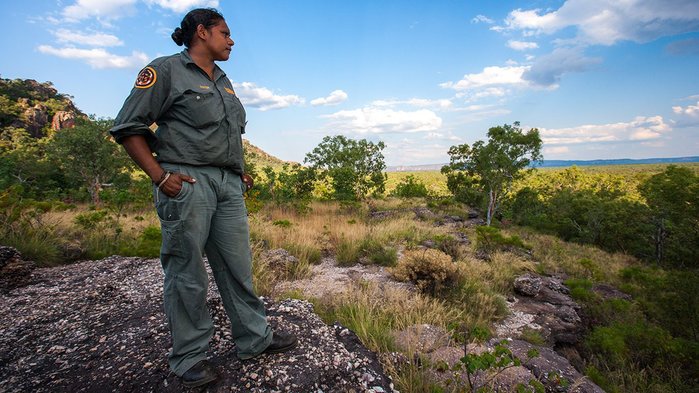
There is certainly a wow factor to creation … whether watching the colours of sunrise or sunset, or the power of the ocean waves, or the delicate plants that survive in the most challenging conditions or weird looking insects. There is so much beauty and diversity – and strangeness – in creation that all of us from time to time wonder what lies behind it all.
The Hebrew answer is that the Creator God is responsible for all that we see in creation. This belief was so foundational that the opening chapters of the opening book of the Bible are given to stories about the origins of the world and of humanity’s place in the world. The best known of these stories comes in Genesis chapter 1 which starts with the words ‘In the beginning God created the heavens and the earth’. Written as a poem or song, the chapter outlines six ‘days’ of creation, culminating with the creation of humanity. At the end of the series, God declares all of creation to be very good.
We have often been taught to read this Genesis account with humans – made in the image of God – standing at the pinnacle of creation and given the vocation of ruling over it. Creation is thus seen as under human control and ready to be exploited for our purposes – whether for farming or mining or building cities. Creation is our servant.
Indigenous people – and ecologists – have a vastly different understanding. They see creation as inter-dependent with each element depending on all the other elements. From one perspective, humanity is the most dependent species of all – we cannot survive apart from the rest of creation. So indigenous wisdom – built up over centuries and millennia – is that we must care for creation just as creation cares for us. Part of this wisdom is knowing about which animals or plants can be taken at which time and in which place and in which way – so that the overall balance and fruitfulness of creation is sustained. There is so much that we can learn from this indigenous wisdom, one of the voices of creation that is often ignored.
